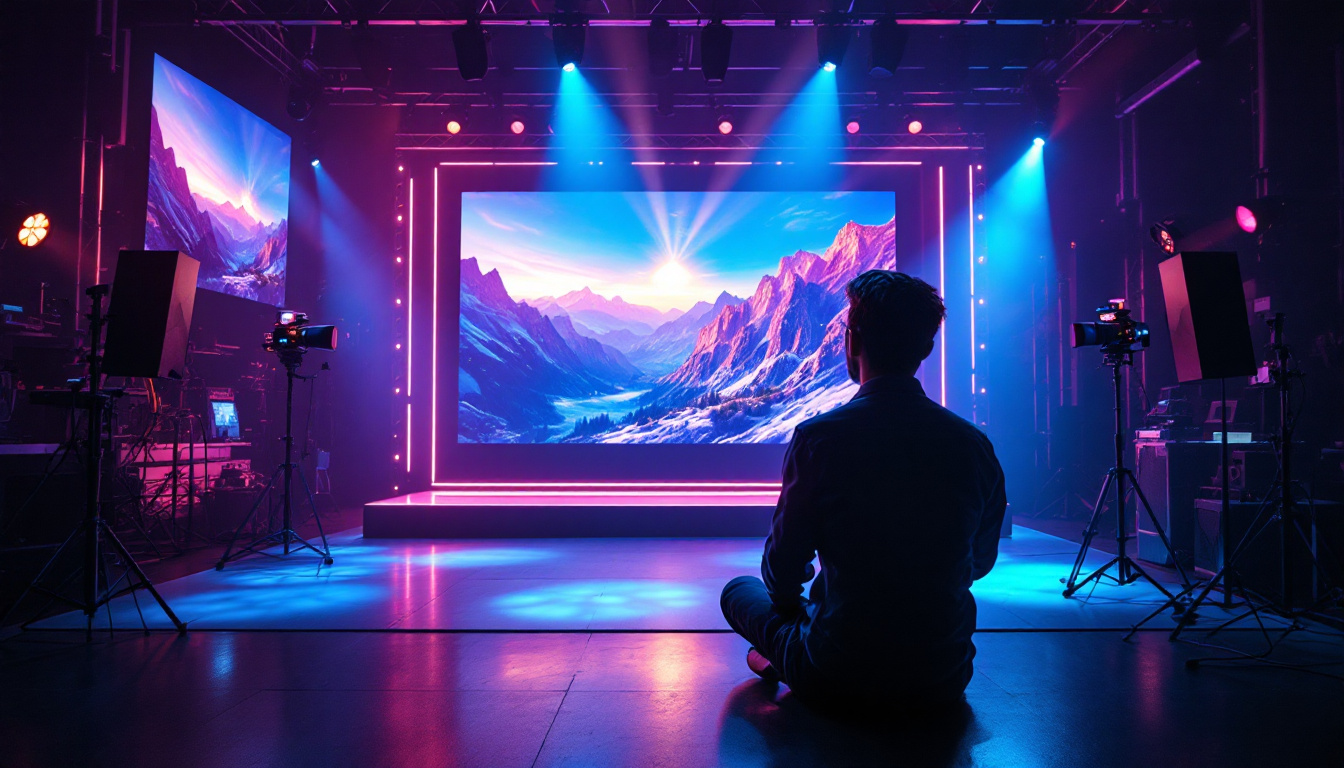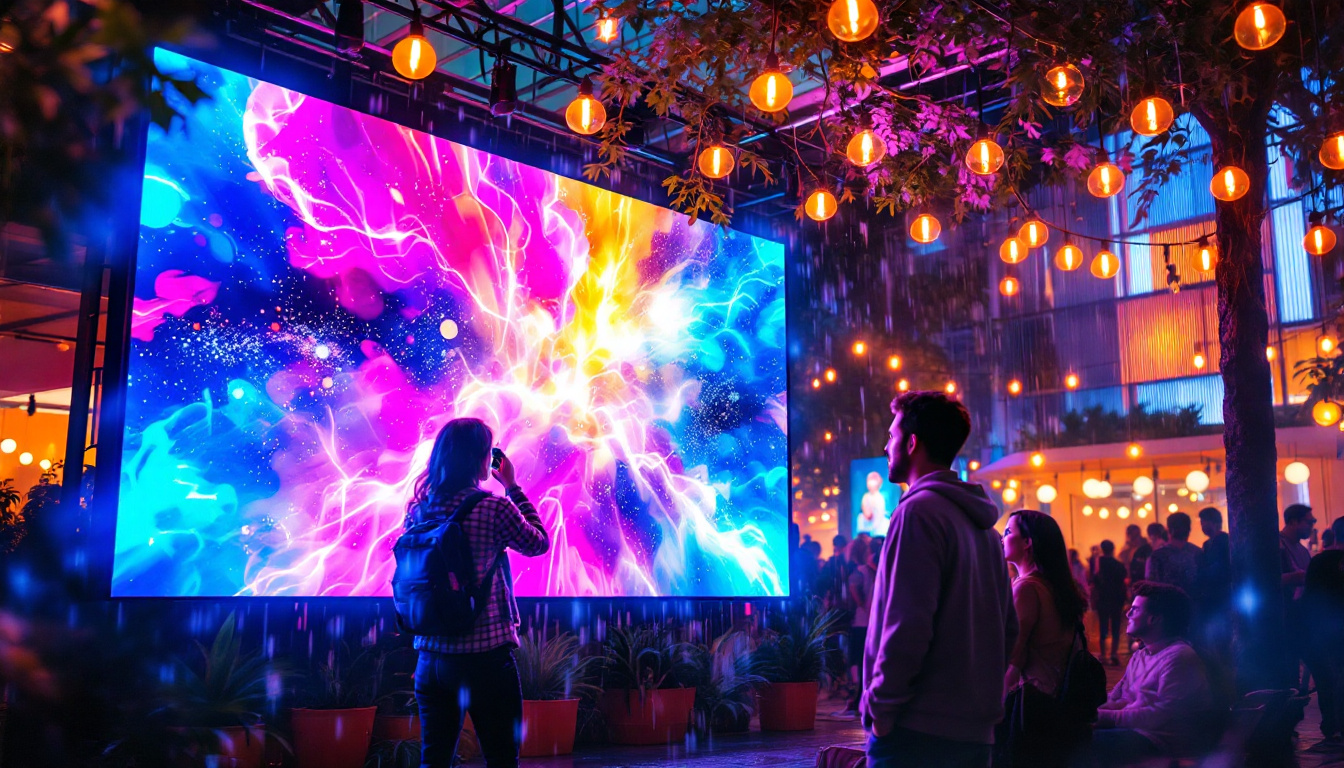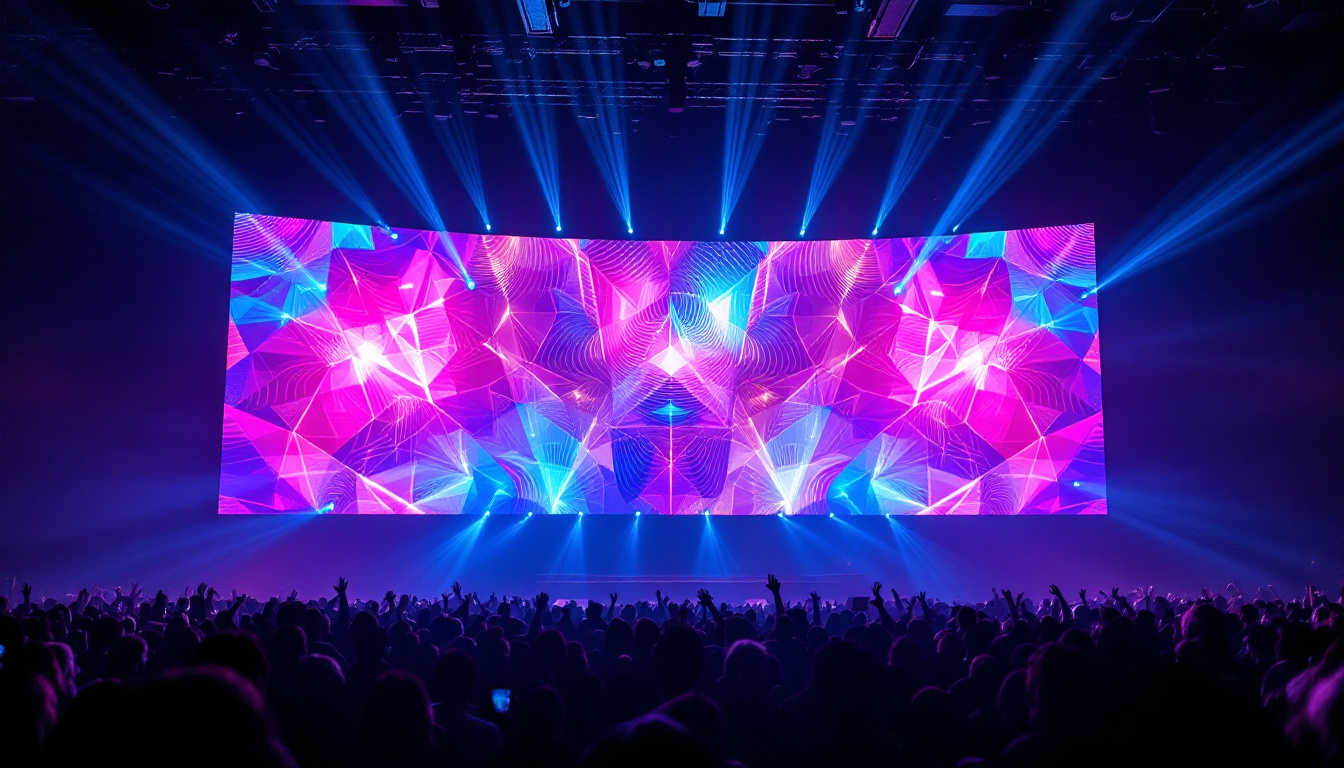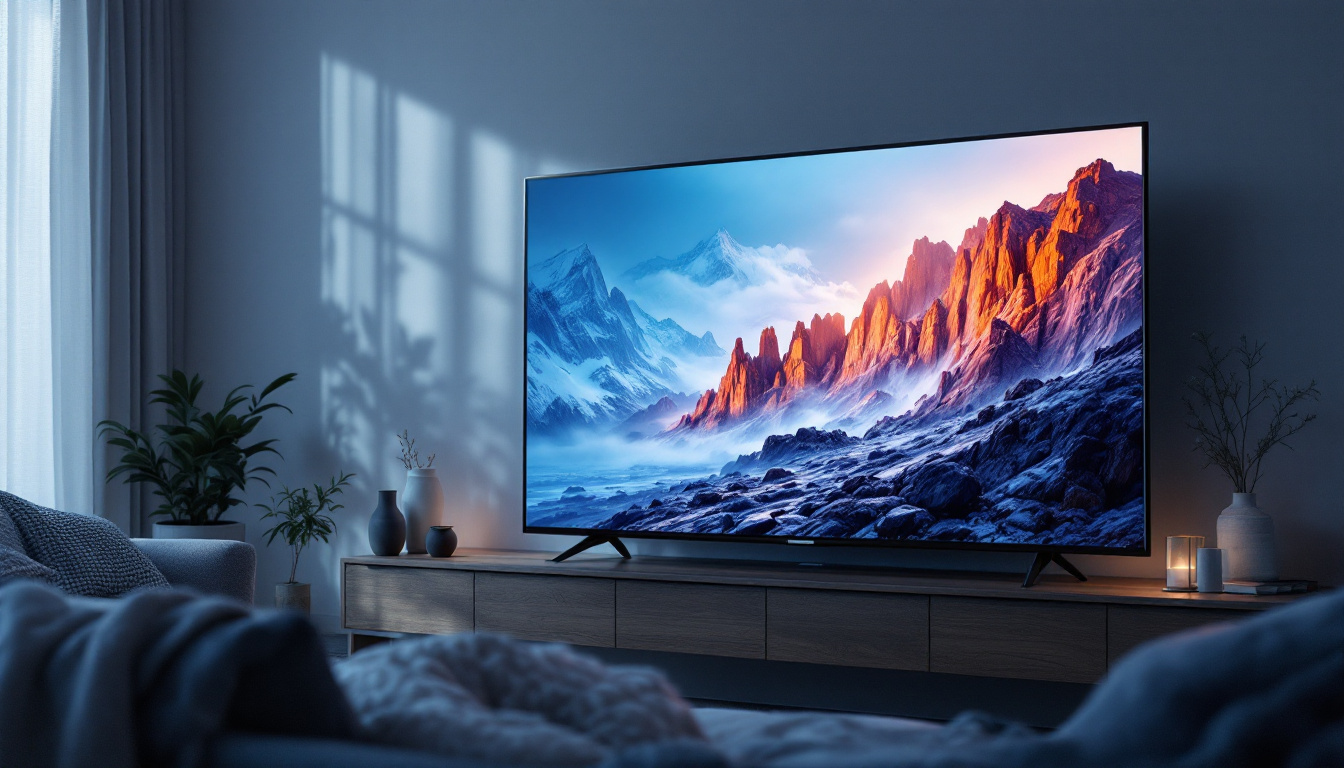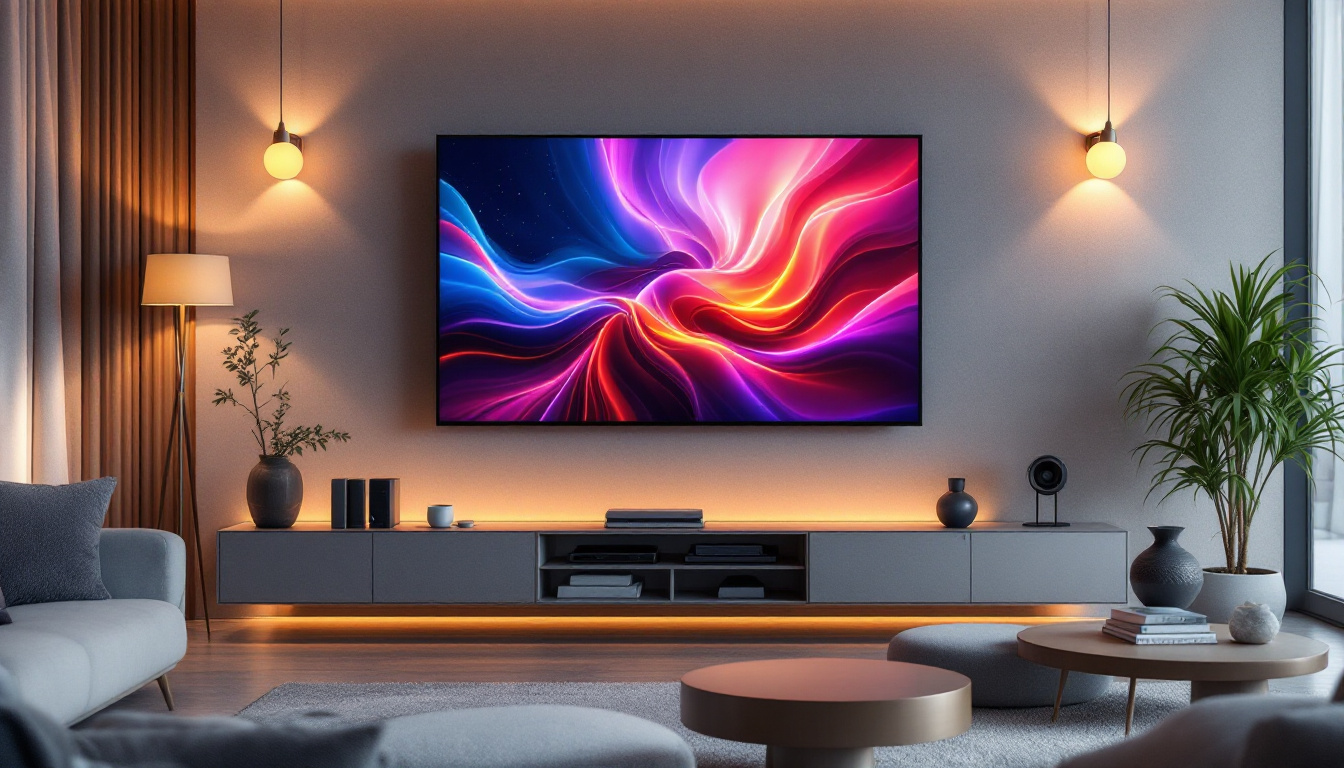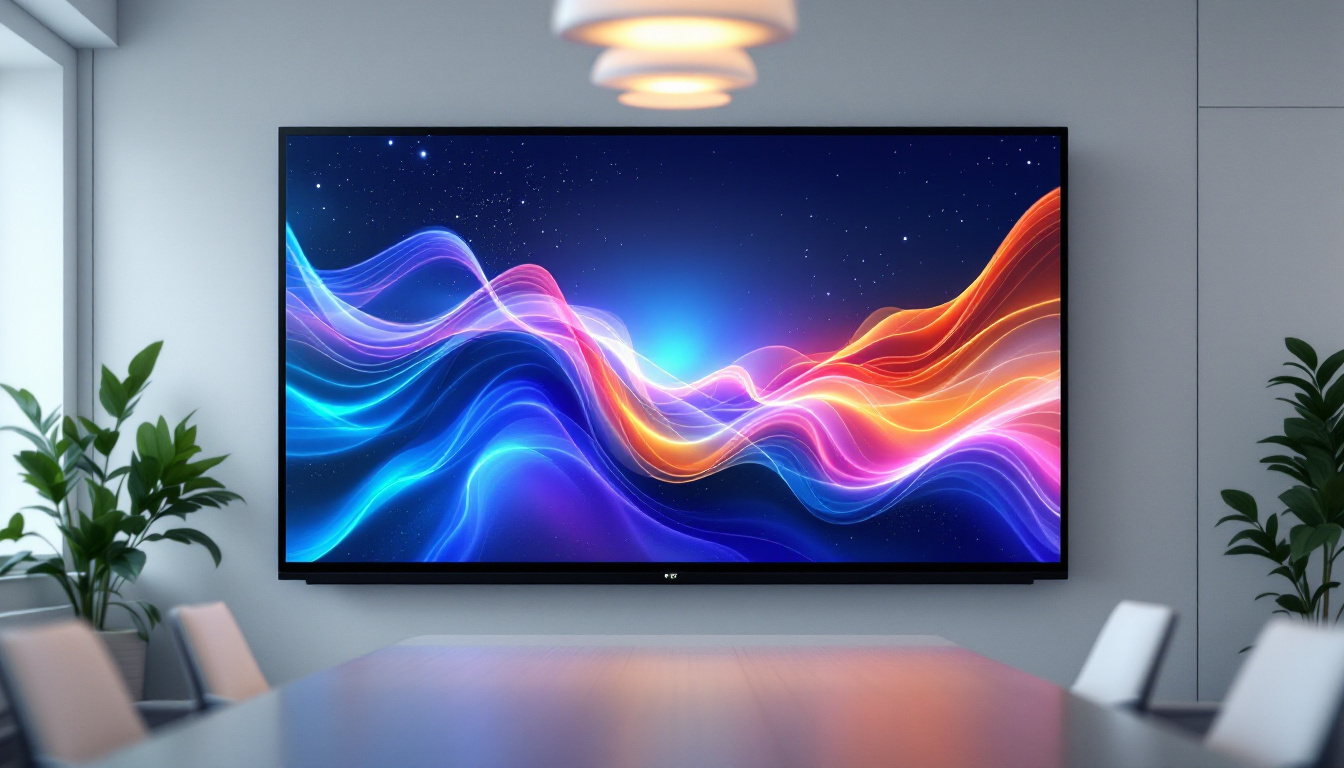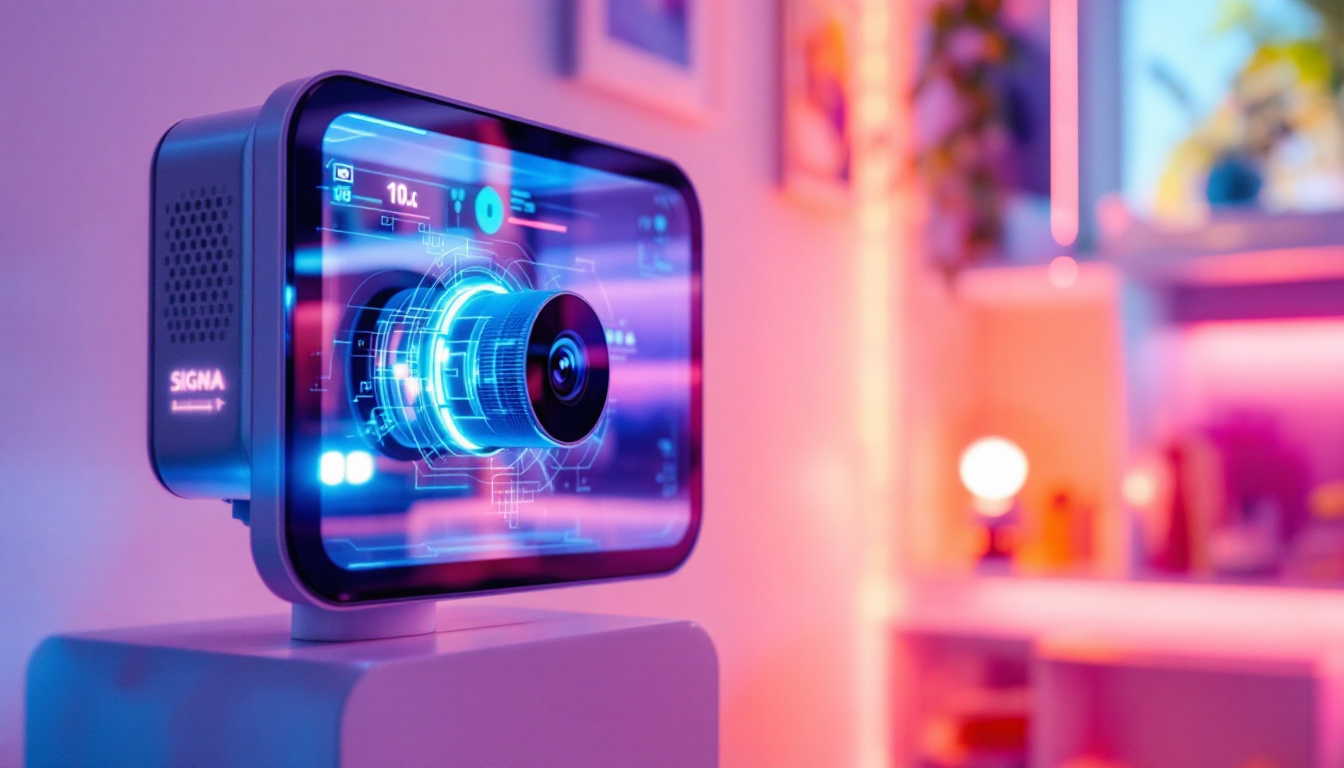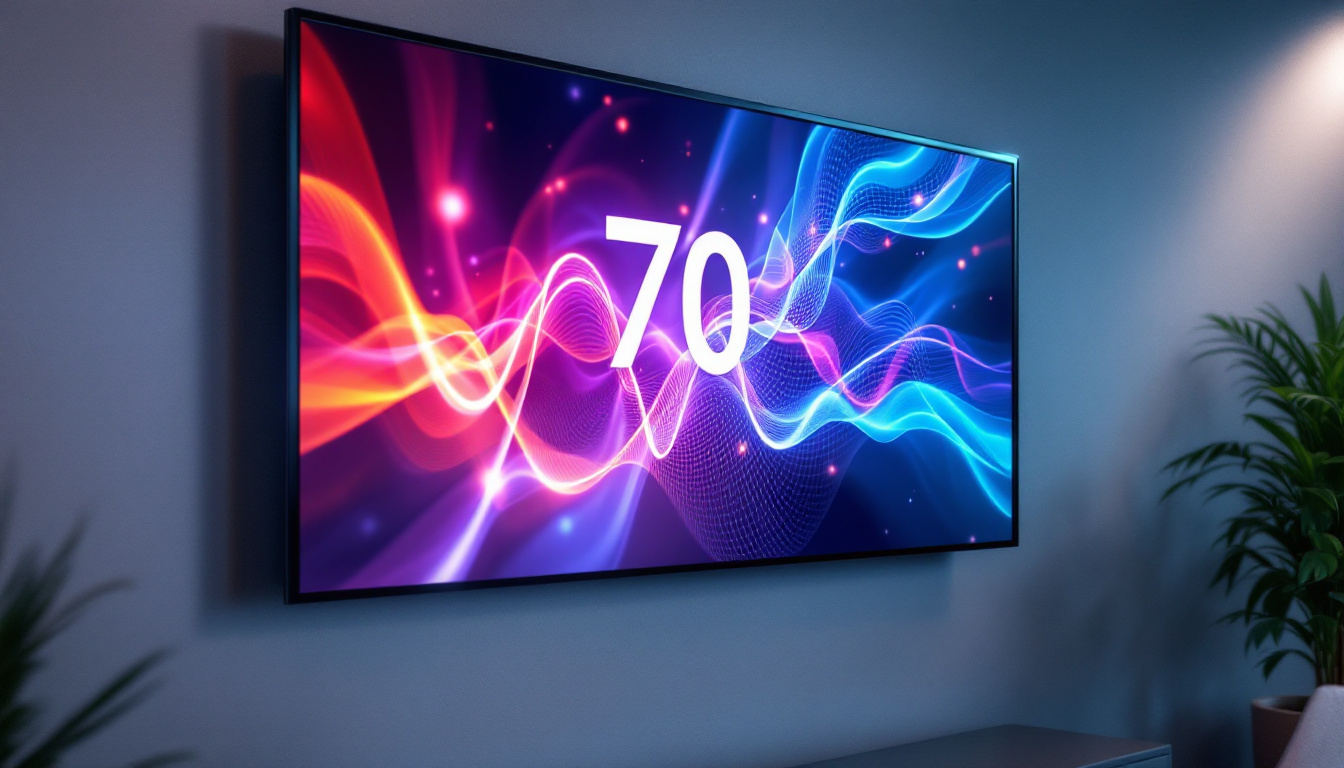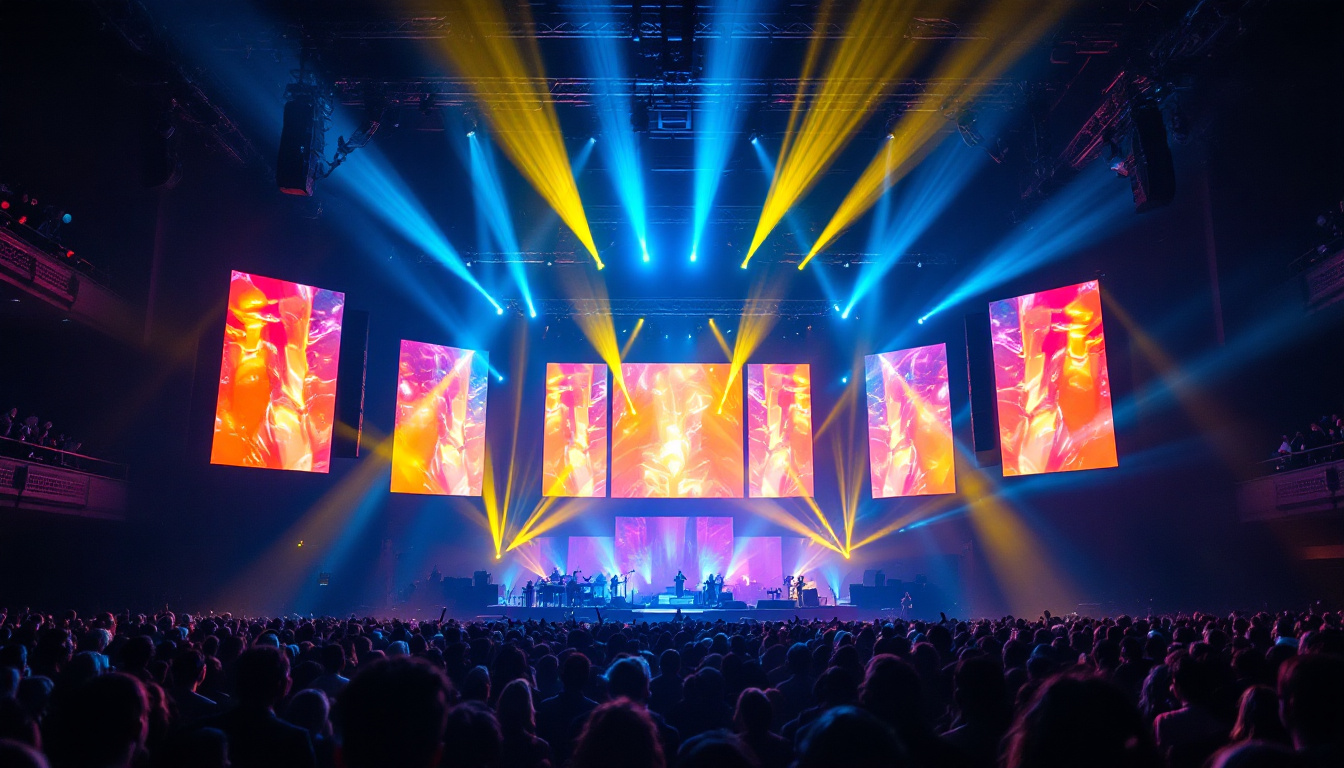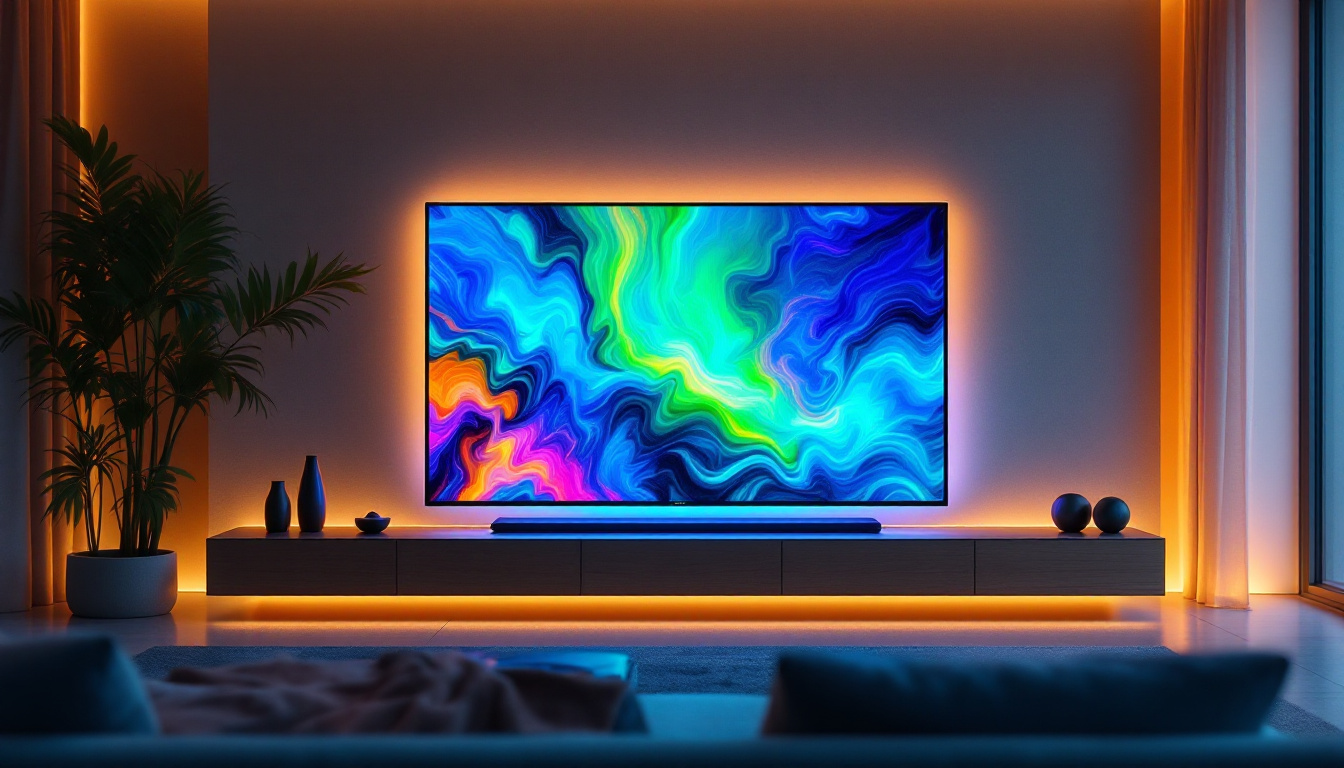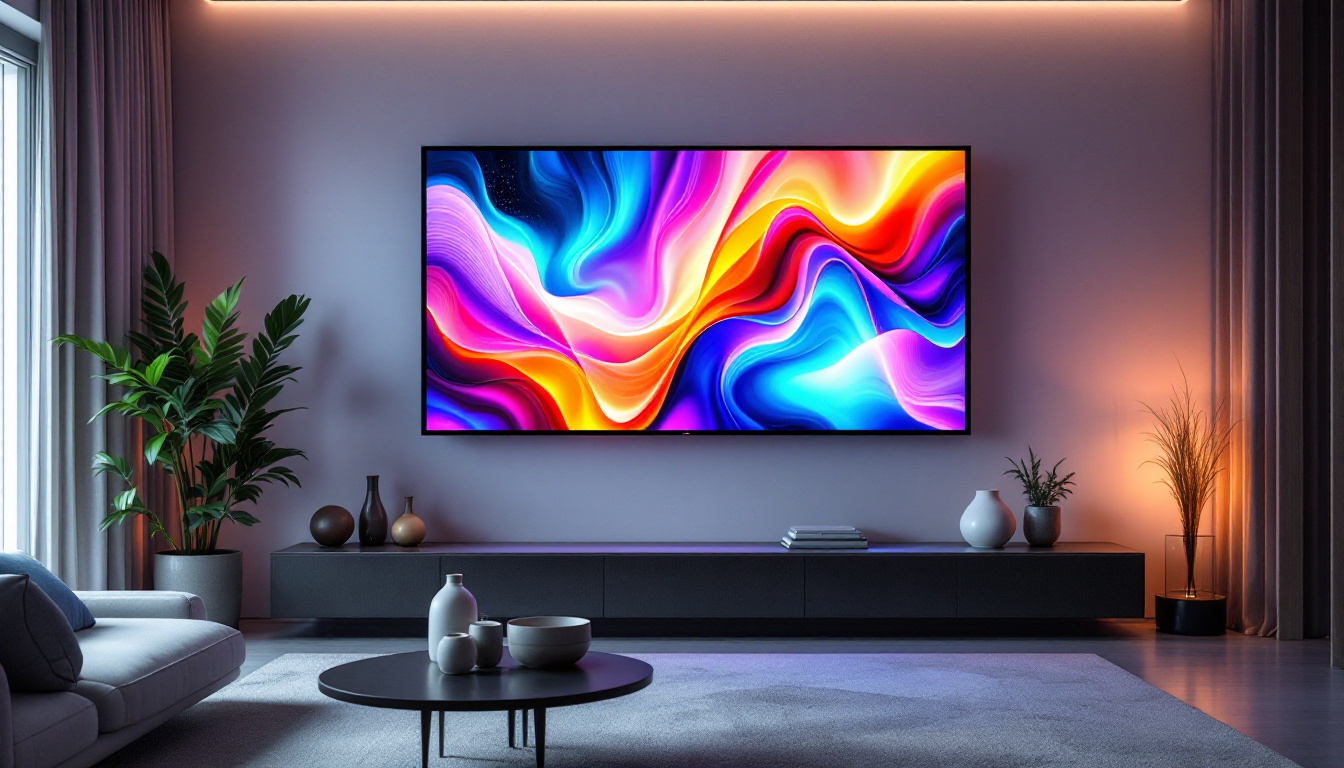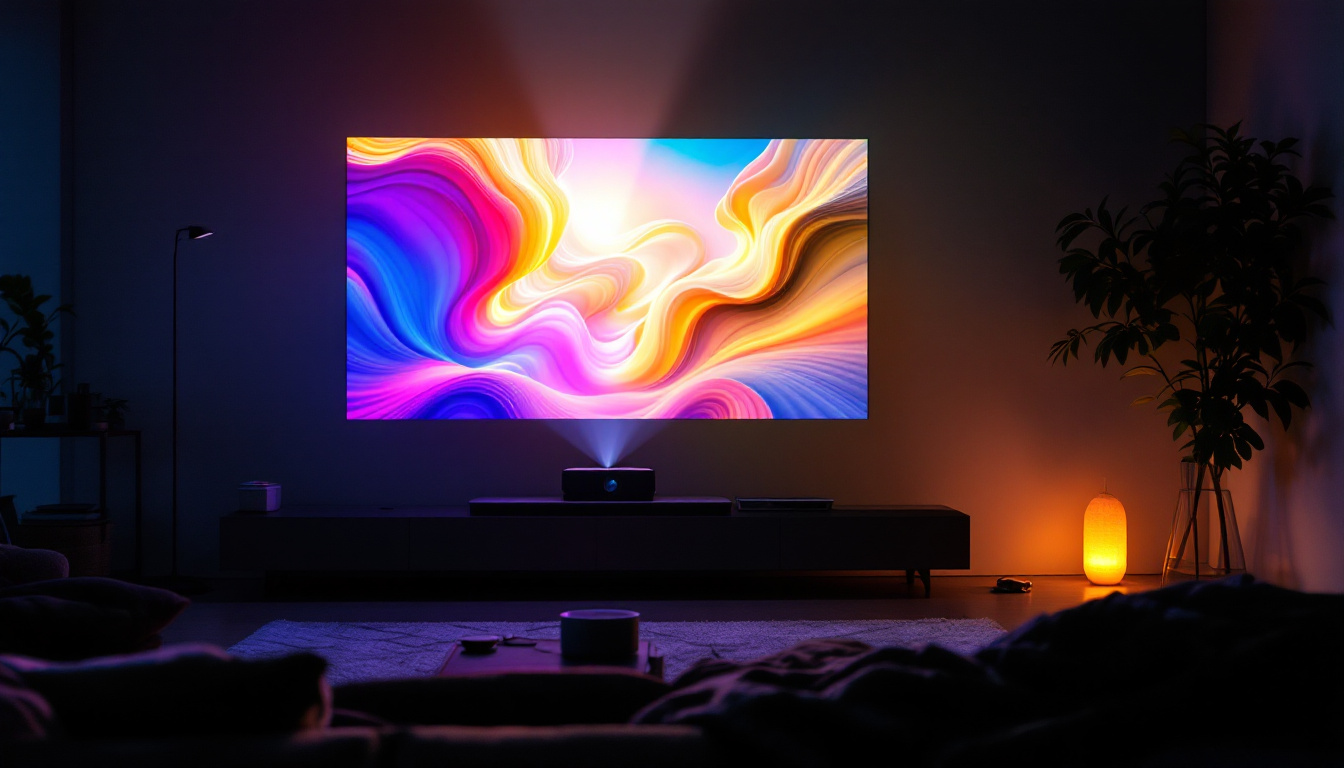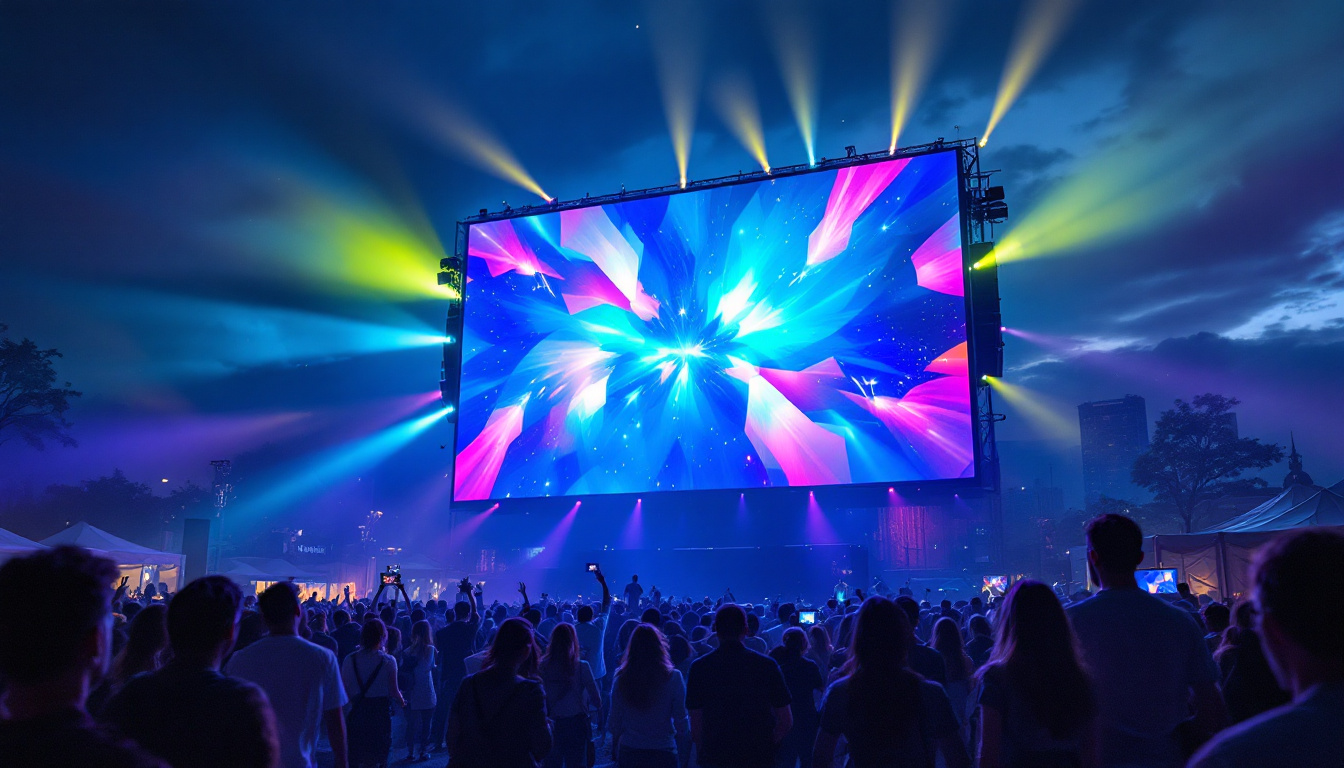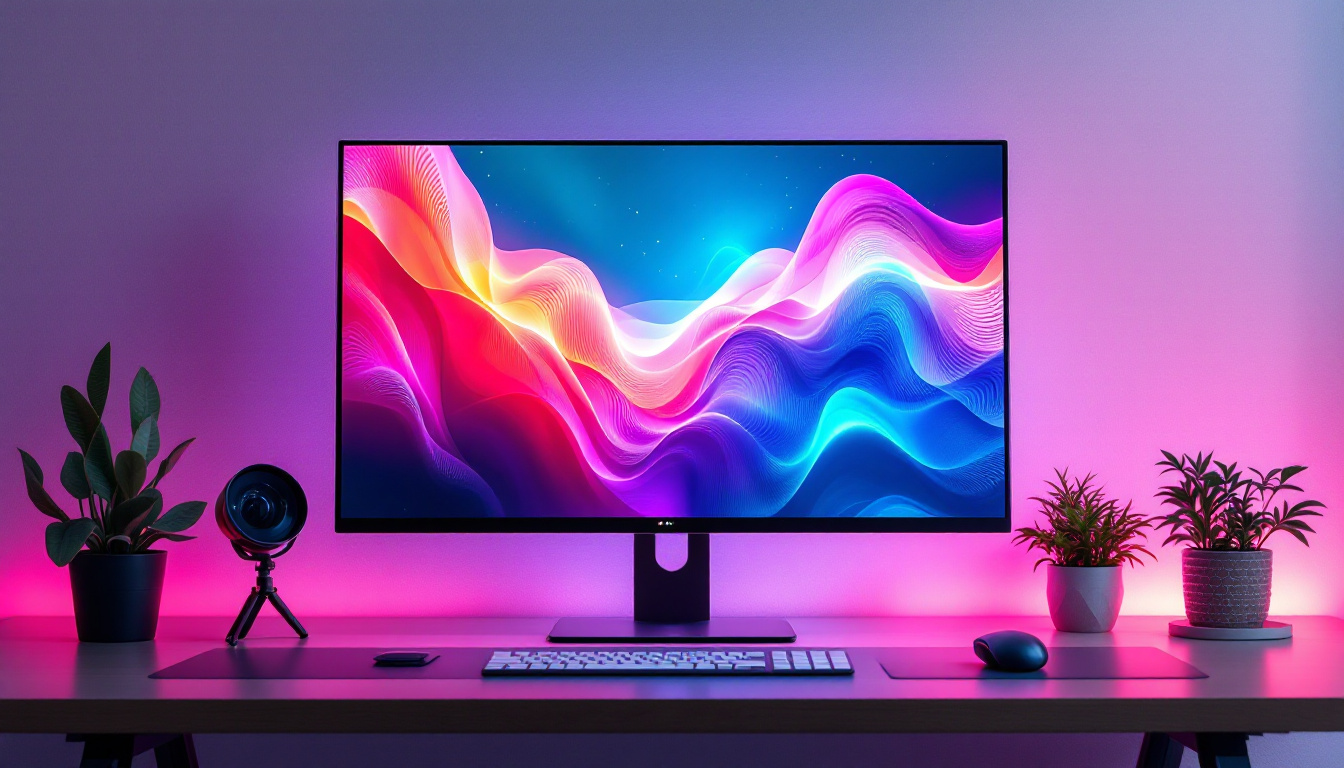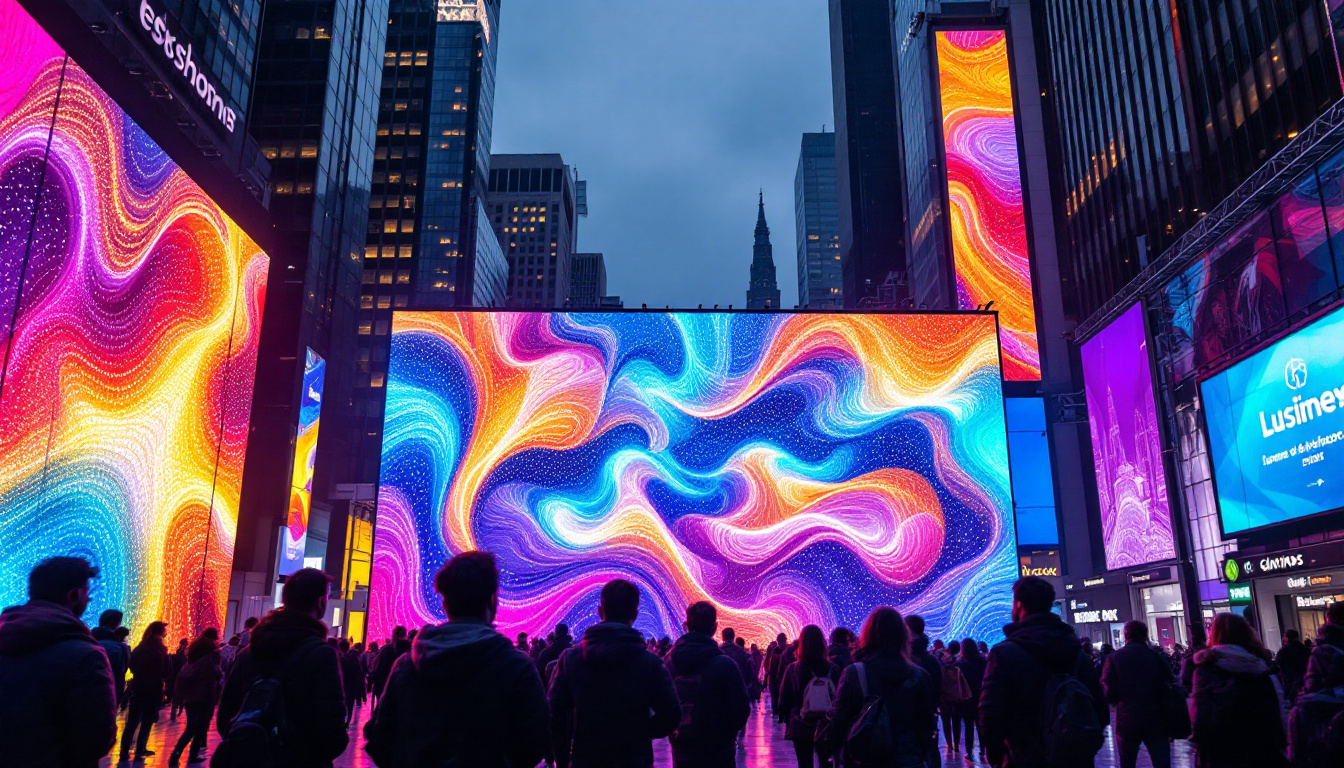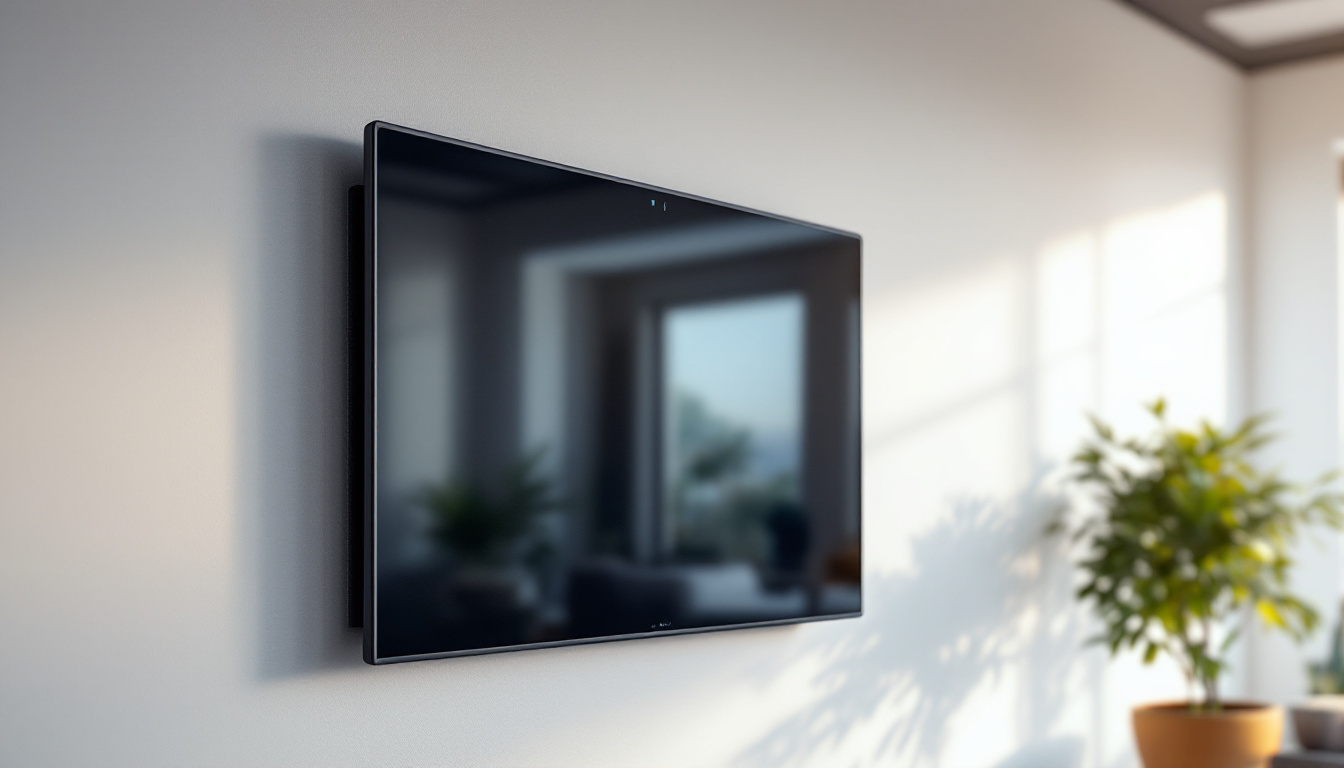In today’s digital age, the term “resolution” is frequently mentioned, especially in the context of displays. Whether it’s a smartphone, television, or computer monitor, understanding resolution is crucial for evaluating display quality. This article delves into the concept of resolution, particularly in relation to LED displays, offering a clear and simple definition while exploring its significance and variations.
What is Resolution?
Resolution refers to the amount of detail that an image holds. In the context of displays, it is defined by the number of pixels that make up the screen. The higher the resolution, the more pixels are present, leading to sharper and clearer images. Resolution is typically expressed in terms of width and height, such as 1920×1080, indicating that the display has 1920 pixels horizontally and 1080 pixels vertically. This measurement is crucial not only for televisions and computer monitors but also for smartphones and tablets, where high resolution can significantly enhance the user experience by providing more vibrant and lifelike visuals.
Understanding Pixels
Pixels are the smallest units of a digital image or display. Each pixel can emit different colors and intensities, combining to form the images we see on screens. The more pixels there are, the finer the detail that can be rendered. For instance, a display with a resolution of 4K (3840×2160) contains over eight million pixels, compared to a Full HD display (1920×1080) with just over two million pixels. This increase in pixel count allows for greater color accuracy and depth, making images appear more three-dimensional and immersive. Furthermore, advancements in technology have led to the development of pixel density measurements, such as pixels per inch (PPI), which help determine how sharp an image will look at a given size.
Types of Resolution
Different types of resolution exist, each serving specific purposes. Common types include:
- Standard Definition (SD): Typically 640×480 pixels, this resolution is considered low by modern standards.
- High Definition (HD): This includes 720p (1280×720) and 1080p (1920×1080), offering significantly better image quality.
- Ultra High Definition (UHD): Also known as 4K, this resolution is 3840×2160 and is becoming increasingly popular for televisions and monitors.
- 8K Resolution: The latest in display technology, 8K resolution is 7680×4320, providing an incredibly detailed image.
In addition to these standard resolutions, there are also specialized formats tailored for specific applications. For example, cinema resolutions such as DCI 4K (4096×2160) are designed for digital cinema projection, offering a wider aspect ratio that enhances the viewing experience in theaters. Similarly, mobile devices often utilize resolutions like QHD (2560×1440) to strike a balance between performance and battery life, providing sharp images without draining resources excessively. As technology continues to evolve, the demand for higher resolutions is likely to grow, pushing manufacturers to innovate and improve display capabilities even further.
LED Displays and Resolution
LED (Light Emitting Diode) displays are a popular choice for various applications, including televisions, computer monitors, and advertising screens. The resolution of an LED display plays a crucial role in determining its overall quality and performance.
How LED Displays Work
LED displays utilize light-emitting diodes to produce images. These diodes emit light when an electric current passes through them. In an LED display, thousands of these diodes work together to create vibrant images. The resolution of the display directly impacts how effectively these diodes can render details.
Importance of Resolution in LED Displays
The resolution of an LED display affects not only the clarity of the images but also the viewing experience. A higher resolution allows for more detailed images, which is particularly important for larger screens. When viewed from a distance, lower resolution displays may appear pixelated, whereas higher resolution displays maintain clarity even at close range.
Factors Influencing Display Resolution
Several factors influence the resolution of an LED display, including screen size, pixel density, and the intended use of the display. Understanding these factors can help consumers make informed decisions when purchasing a display.
Screen Size and Resolution
The size of the screen is a critical factor in determining the appropriate resolution. Larger screens typically require higher resolutions to maintain image quality. For example, a 55-inch TV with a Full HD resolution may not deliver the same clarity as a 55-inch TV with a 4K resolution. As screen size increases, the pixel density (pixels per inch) decreases unless the resolution is also increased, which can lead to a less satisfactory viewing experience.
Pixel Density
Pixel density is a measure of how many pixels are packed into a given area of the display. It is usually expressed in pixels per inch (PPI). A higher pixel density results in sharper images, as individual pixels become less noticeable. For instance, a smartphone with a high pixel density will display text and images more crisply than a larger display with the same resolution but lower pixel density.
Intended Use
The intended use of the display also plays a significant role in determining the necessary resolution. For example, a display used for professional graphic design or video editing may require a higher resolution to accurately render images and colors. In contrast, a display primarily used for browsing the web or watching standard definition videos may not need as high a resolution.
Common Resolutions for LED Displays
When selecting an LED display, it is essential to understand the common resolutions available and their applications. Each resolution serves different purposes and caters to various user needs.
720p (HD)
720p, or HD (High Definition), is often considered the entry-level resolution for modern displays. It offers a resolution of 1280×720 pixels. While suitable for smaller screens or less demanding applications, 720p is becoming increasingly outdated for larger televisions and monitors.
1080p (Full HD)
1080p, or Full HD, has a resolution of 1920×1080 pixels. This resolution is widely used in televisions, computer monitors, and gaming consoles. It provides a significant improvement over 720p, making it suitable for most viewing experiences, including movies, gaming, and general use.
4K (UHD)
4K resolution, or Ultra High Definition, measures 3840×2160 pixels. This resolution has gained popularity in recent years, particularly for larger screens. 4K displays offer exceptional clarity and detail, making them ideal for watching high-definition content, gaming, and professional applications such as graphic design and video editing.
8K Resolution
8K resolution, at 7680×4320 pixels, is the latest advancement in display technology. While still relatively rare and expensive, 8K displays provide an unprecedented level of detail. However, the availability of 8K content is limited, and the benefits of this resolution may not be fully realized unless viewed on a very large screen.
Choosing the Right Resolution for Your Needs
When selecting an LED display, it is essential to consider personal needs and preferences. The right resolution can enhance the viewing experience and ensure that the display meets specific requirements.
Assessing Viewing Distance
The distance from which the display will be viewed is a crucial factor in determining the appropriate resolution. For example, a 4K display may be necessary for a large screen viewed from a close distance, while a lower resolution may suffice for a smaller screen viewed from further away. Understanding the viewing distance can help consumers choose a display that maximizes image quality.
Content Consumption
Consider the type of content that will be consumed on the display. For instance, if the primary use is for streaming movies or playing video games, investing in a higher resolution display may be worthwhile. Conversely, if the display will primarily be used for browsing the internet or viewing standard definition content, a lower resolution may be adequate.
Budget Considerations
Budget is another significant factor when choosing a display. Higher resolution displays tend to be more expensive, so it’s essential to balance desired features with available funds. While it may be tempting to opt for the latest technology, consumers should consider their actual usage and whether the investment aligns with their needs.
The Future of Display Resolution
As technology continues to evolve, so too does the concept of resolution. Innovations in display technology are leading to advancements that promise even higher resolutions and improved image quality.
Emerging Technologies
New technologies such as MicroLED and OLED are pushing the boundaries of display resolution and quality. These technologies offer improved contrast ratios, color accuracy, and energy efficiency, making them attractive options for consumers. As these technologies become more mainstream, they may redefine what is considered standard in display resolution.
Content Availability
The availability of high-resolution content is also a critical factor in the future of display resolution. As streaming services and media producers increasingly adopt higher resolutions, consumers will have more opportunities to take advantage of advanced displays. This shift may encourage more users to invest in higher resolution displays, further driving demand for 4K and beyond.
Consumer Awareness
As consumers become more educated about display technology and resolution, they will likely demand higher quality products. This awareness may lead to a greater emphasis on resolution in marketing and product development, pushing manufacturers to prioritize advancements in display technology.
Conclusion
Understanding resolution is essential for anyone looking to purchase an LED display. With various resolutions available, each serving different purposes, consumers must assess their needs and preferences to make informed decisions. As technology continues to advance, the landscape of display resolution will evolve, offering even more options for enhancing the viewing experience. Whether for entertainment, professional use, or casual browsing, the right resolution can make all the difference in achieving optimal image quality.
Discover Your Perfect LED Display with LumenMatrix
Ready to elevate your visual experience with the ideal resolution? LumenMatrix offers a comprehensive range of LED display solutions tailored to meet your specific needs. From immersive Indoor LED Walls to dynamic Outdoor Displays and beyond, our cutting-edge technology is designed to captivate and engage your audience. Embrace the future of visual communication with LumenMatrix and transform the way you share your message. Check out LumenMatrix LED Display Solutions today and see the difference for yourself.



